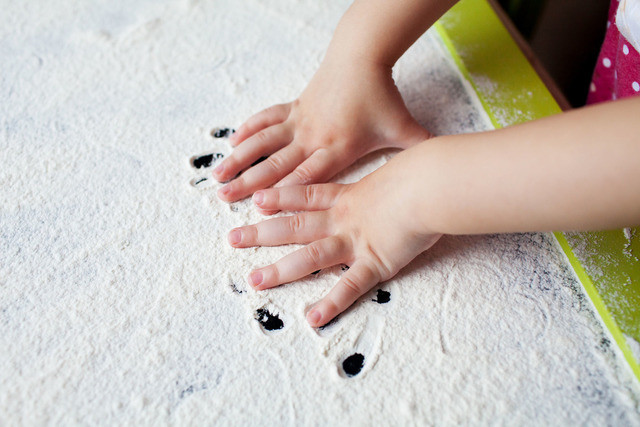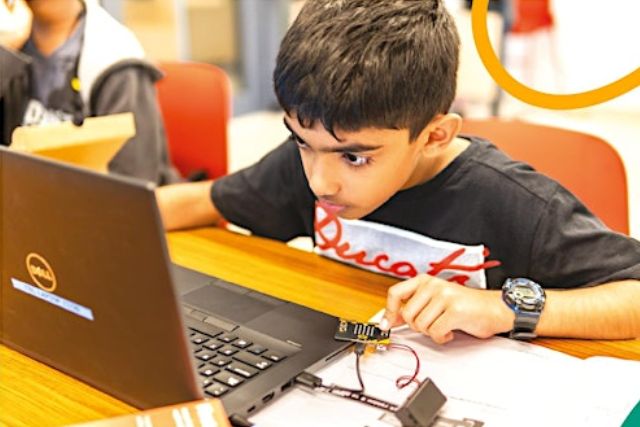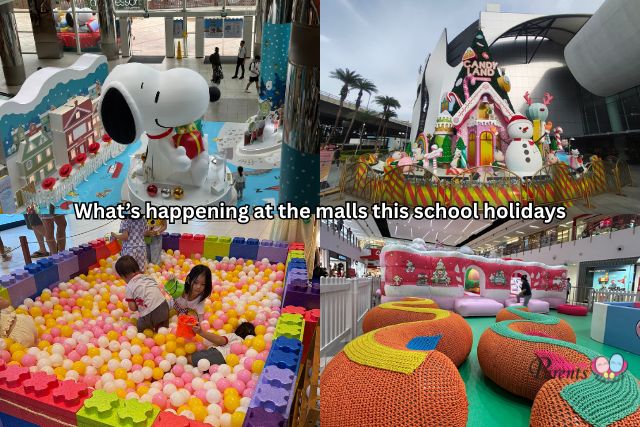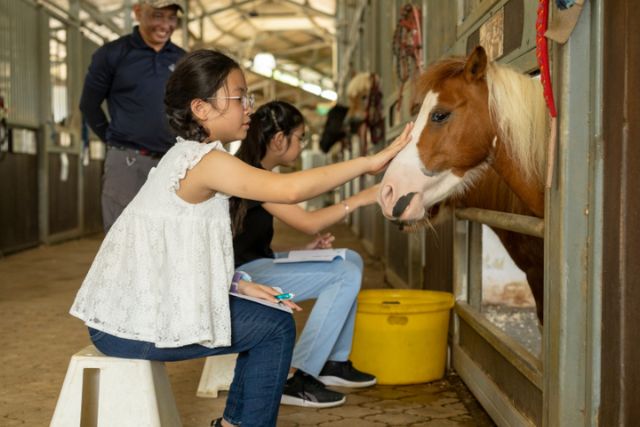Often, when we consider skills that will set our children on a course of academic success, we think of the basics – reading, writing and counting.
The concept of creativity tends to surface much lower on our list of priorities and is commonly thought of as an intrinsic ability that only some are gifted with – think the toddler whose favourite toy is a miniature piano or a primary schooler who gravitates towards paintbrushes rather than building blocks.
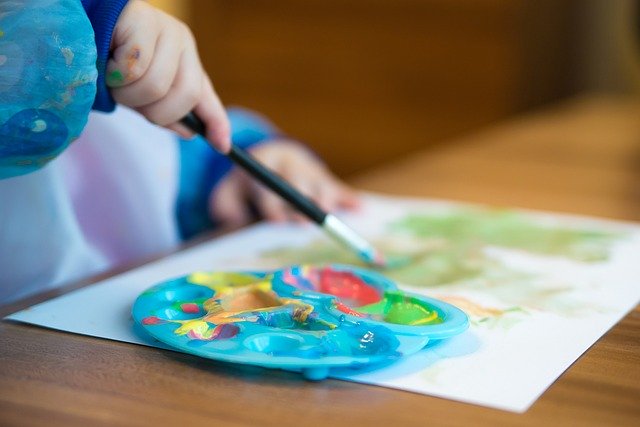
In fact, creativity is a skill that can be developed and sharpened over time and has become one of the most sought-after traits even in adults. In 2016, the World Economic Forum identified creativity as the third most important skill necessary by the year 2020 for individuals to thrive in Industry 4.0. So, if there is ever a time to encourage creativity, it is now.
Creativity is present in everything
The buzzword of ‘creativity’ is usually perceived as the ability to produce original and unusual ideas, or to make something new or imaginative. The truth is, creativity is so much more than that. It is about asking questions, challenging the norm and discovering possibilities.
When put this way, it becomes easier to perceive that creativity isn’t just limited to artistic endeavours, but is applicable even with disciplines like mathematics and science or business and politics.
It is important to note that creative expression is less about the end product and more about the process. When we encourage our children to get creative, we also encourage physical, intellectual and emotional growth. As kids engage with crafts and tools and explore construction and assembling, they are developing motor skills, control and coordination.

At the same time, they are honing abilities in concentration, problem-solving and making sense of the world. The creative experience can also help younger children communicate their feelings and emotions where they are unable to do so verbally. This helps greatly with expression, confidence and even esteem.
Helping your child develop creativity
Children learn the best when they are supported by an older person, like a parent or a sibling. These older members of the family offer what we call scaffolding or learning support, wherein children feel free to explore with the assurance of a guiding hand along the way.
One of the first steps to encouraging creativity at home is to foster a creative atmosphere. Children need a space where they know they can play and experiment without being cautious about making too much of a mess.
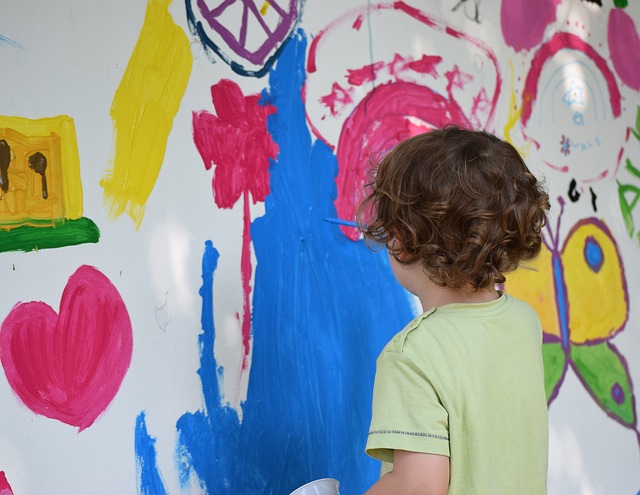
Do this by setting out a designated creative zone and filling it up with tools and supplies – this alone is usually enough to get a child to play on his or her own. This space then becomes the child’s area of inspiration and thought, which automatically places them in the proper mindset for getting creative.
⇒ Related Read: How To Hone Your Child’s Creativity
You can also try inventing scenarios – for example, get him or her to create their own superhero and think about the powers they’d like to have. Help them think a little deeper by asking open-ended questions like “What do you think will happen if the superhero runs into a villain?”
This way, you provoke your child’s imagination while helping them organise and articulate their thoughts as they formulate an answer. You’re also sending the message that their ideas are important.
Throughout the creative expression process, be sure that you are giving your child the freedom to explore ideas. As parents, we often tend to fall into the habit of over-instructing.
While there is no doubt that our intentions come from a good place, this often limits our child’s ability to come to ideas or solutions on their own. So, keep yourself in check and make sure that you are allowing your child the space to exercise independent thinking.
Finally, and perhaps most importantly, remember that every child is unique and the way in which each of them expresses themselves creatively can be vastly different from their schoolmates or siblings.
Regardless of the selected form, the best thing we can do to nurture creativity within the home is to continuously offer them opportunities to play, imagine and create.
This article is contributed by Matthew Scott.
Matthew Scott is the Head of Pre-School Courses at British Council Singapore. The British Council is the UK’s international organization for cultural relations and educational opportunities.
Discover why most parents rate us 9 out of 10 or above for their child’s enjoyment of learning. Find out more here.
* * * * *
Enjoyed reading this or learned something new? Click the Like and Share button below!
Want to be heard and seen by over 100,000 parents in Singapore? We can help! Leave your contact here and we’ll be in touch.




































